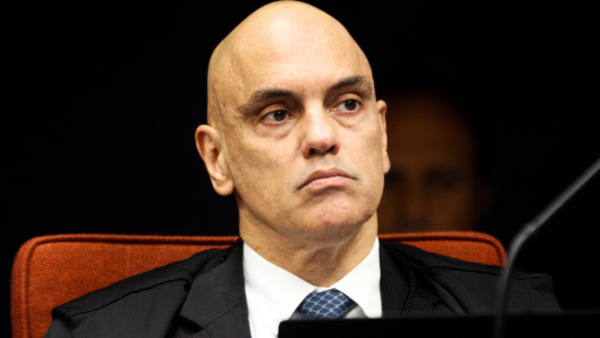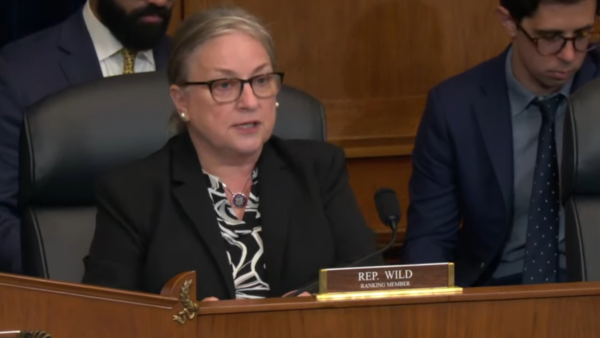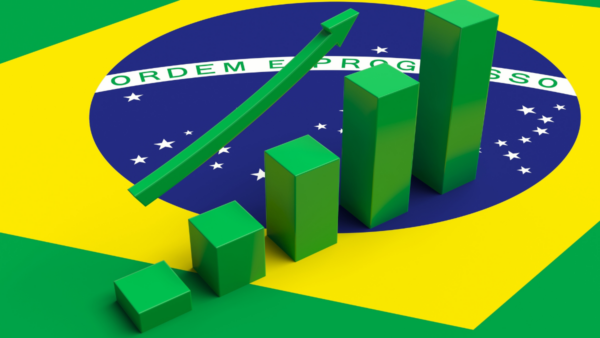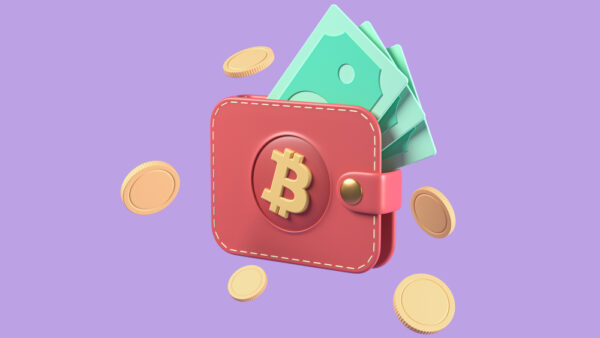Throughout the lead-up to Brazil’s first round of elections, one consistent finding from opinion polls was particularly eye-opening, not solely because of its potential impact on the final vote, but also in the way it helped define the make-up of this massive, unequal country.
Across income brackets drawn up by pollsters, incumbent far-right President Jair Bolsonaro enjoyed leads of varying sizes in all but one of them: those who earn between zero and twice the minimum wage. This demographic favored former President Luiz Inácio Lula da Silva instead, and the sheer size of the poorest strata of Brazil’s population was enough to make Lula the nationwide frontrunner.
While major polls missed the mark when it came to capturing the size of Mr. Bolsonaro’s support around the country, the overall outcome held true, with Lula winning more votes nationwide thanks to his support from poorer sections of the population — backing which, after years of policies to boost consumption among these strata, seems to be ironclad.
The chart below shows the relationship between votes for Mr. Bolsonaro and municipal Human Development Index (HDI), a measure which uses income per capita as one of its main components. The trend lines are clear across all regions that as HDI increases, so does support for the president.
President between 2003 and 2010, Lula’s most celebrated achievements include a historic reduction in extreme poverty and Brazil’s removal from the United Nations’ Hunger Map. However, the absolute bottom income brackets were not the only ones to thrive during his presidency.
During his term, consumption skyrocketed, particularly among the so-called “class C” socioeconomic stratum, comprising households with total family incomes of up to two to five times the minimum wage.
Often misleadingly characterized as Brazil’s “new middle class” — despite having a comparative purchasing power far below the traditional definitions of middle class...


 Search
Search











































